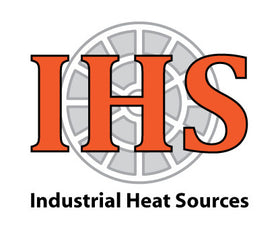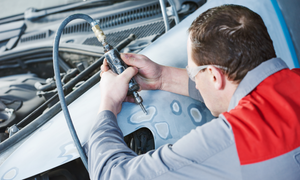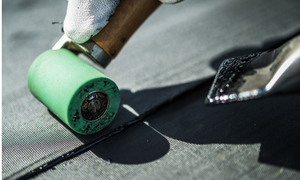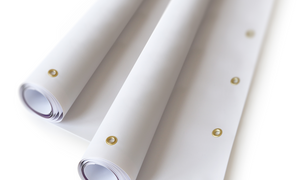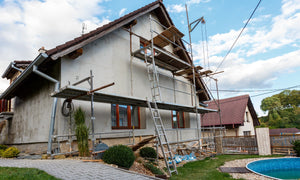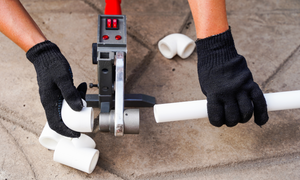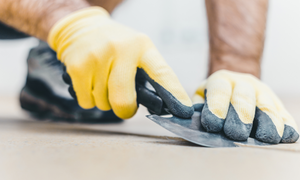The 5 Most Common Types of Plastic Welding Joints

Plastic welding is an intricate process that requires detailed planning and careful execution.
Before performing a weld, professionals must design their weld joints, which will ensure the plastic components are connected properly and the final product is structurally sound.
While there are a variety of welding joints, these five are the most common options among plastic welders.
1. Tee Joints
As illustrated in the name, tee joints are formed when two pieces of plastic are welded together at a 90-degree angle, creating a “T” shape. Tee joints are commonly seen in enclosure systems, cabinets, and cubicle assemblies.Not all tee joints are the same, and there are a variety of welding styles used to create them based on the components’ edges and type of material. These include fillet, plug, J-groove, melt-through, slot, bevel-groove, and flare-bevel-groove welds.
2. Butt Joints
Butt joints are formed when the ends of two components are welded together. Butt joint welding styles include square, single bevel, double bevel, single J, double J, single V, double V, single U, and double U butt welds.These welds are typically seen in Schedule 40 & 80 HDPE/PVC piping systems, construction, and commercial flooring applications.
3. Edge Joints
Edge joints are formed by welding two parallel components together on the same edge, and are commonly used in carpentry, aerospace, and automotive applications.Edge joint welding styles include bevel-groove, square-groove, V-groove, edge-flange, U-groove, and corner-flange welds.
4. Corner Joints
Corner joints are formed when two components are welded together at their corners, creating an “L” shape. These joint welds are often used for constructing enclosure systems, prefabricated wall systems, and box frames.Corner joint welding styles include spot, fillet, V-groove, square-groove, U-groove, bevel-groove, corner-flange, and edge welds.
5. Lap Joints
Lap joints are formed when two components overlap and are welded on top of each other. Welding styles for lap joints include slot, plug, bevel-groove, spot, flare-bevel-groove, and J-groove welds.Like edge joints, these joints are often used in carpentry applications, such as building cabinets or tables.
Top Tools for Plastic Welding
Because there are so many options when it comes to plastic welding tools, it can be challenging to determine which one will best suit your specific needs.Smaller applications, such as cabinet welding, require a hot air hand welding tool, such as the IHS Type 1600 Hot Air Tool. Larger applications, such as welding roof membranes, require an automatic welder, like the Forsthoff-P2 20 mm Overlap Welding Machine.
Once you understand how the tool will be used, you can more easily identify whether you’ll need a hot air hand welding tool, automatic welder, extrusion hand welder, or industrial extrusion welder.
Your Go-To Resource for Plastic Welding
At IHS, we offer decades of industry knowledge and experience that we share to help you succeed. Subscribe to our bi-monthly newsletter so you can continue receiving helpful advice, tips, and resources designed to maximize your performance.- Robert Heater
